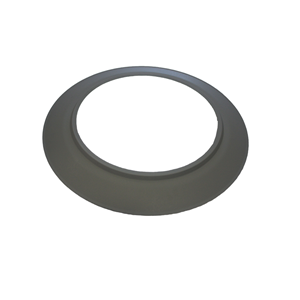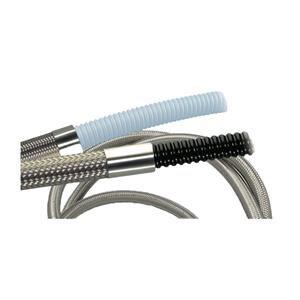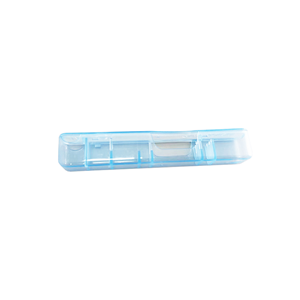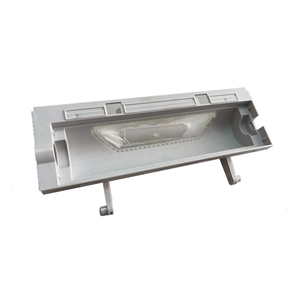Research on the Sealing Function of Plastic Tray in Tire Manufacturing
Plastic tray is one of the core components of tire bead system, and its sealing performance directly affects the airtightness, safety, and service life of the tire. With the popularity of tubeless tires (vacuum tires), the sealing function of Circular plastic flaps has become increasingly important. This article will delve into the sealing function of Bead Cap in tire manufacturing from the aspects of sealing principle, structural design, material selection, and performance testing.
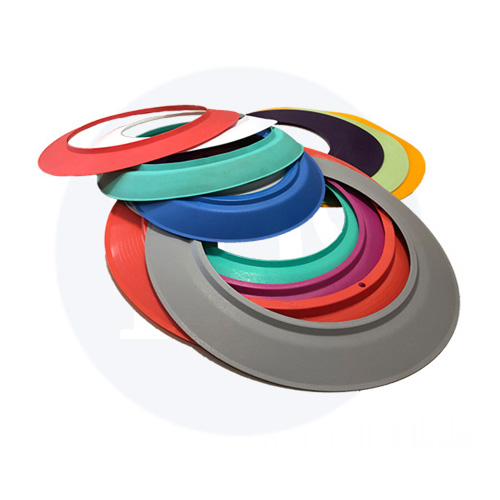
1、 Sealing principle of tire bead partition
The synergistic effect of the airtight layer and the wheel rim
The bead wrap forms a physical sealing barrier through a tight fit with the wheel rim. The airtight layer of tubeless tires (usually made of halogenated butyl rubber) works together with a bead separator to replace the traditional inner tube function. After inflation, the Apex Holder expands outward under the action of air pressure, creating an interference fit with the contact surface of the wheel rim and blocking the gas leakage channel. Data shows that this design can control the annual average tire pressure loss rate within 5% (Tire Airtightness, 2015).
Dynamic sealing mechanism
During vehicle operation, Apex Disc needs to withstand alternating radial and lateral loads. Its wedge-shaped structure design (such as a 15 ° inclination angle) can adapt to wheel deformation and maintain sealing stability. Experiments have shown that the bead separator can still maintain effective sealing under an axial tension of 2000N (Beads, 2007).
2、 Key factors affecting sealing performance
structural design
Contact surface width: The width of the sealing tape is usually 3-5mm. If it is too wide, it will increase frictional resistance, and if it is too narrow, it will reduce airtightness.
Rigid balance: The partition should have both elasticity (to ensure fit) and rigidity (to resist deformation). For example, a composite structure consisting of a 304 stainless steel body and a flexible rubber coating can enhance sealing durability.
Material selection
Metal substrate: Austenitic stainless steel (such as 304) has become mainstream due to its high strength and corrosion resistance, with a yield strength of ≥ 205MPa.
Surface treatment: Copper plating or WC Co coating can reduce friction loss with the wheel rim and enhance air tightness (patent CN205202582U).
Process accuracy
The assembly tolerance should be controlled within ± 0.1mm, and laser detection and five axis machining technology can ensure the matching accuracy between the partition and the wheel rim.
3、 Sealing Failure Analysis and Improvement
Common Failure Modes
Underneath of the tire bead: causing a loose fit with the wheel rim, leading to slow air leakage (What are the effects of concave tire beads on tires, 2025).
Coating wear: After long-term use, the coating peels off, the friction coefficient increases, and the sealing performance decreases.
improvement measures
Structural optimization: Adopting adaptive arc-shaped design to compensate for wheel manufacturing tolerances.
Material upgrade: Graphene reinforced coating can improve wear resistance by more than 50% and extend sealing life (industry forecast, 2030).
4、 Future Development Trends
Intelligent sealing: Integrated pressure sensor, real-time monitoring of tire pressure and sealing status.
Environmentally friendly materials: research and development of biodegradable rubber coatings to reduce environmental pollution.
Conclusion
The sealing function of the gasket is an important part of tire technology. Through the combination of structural innovation, material science, and precision technology, future bead separators will further enhance sealing reliability and energy efficiency, providing support for the development of new energy vehicles and smart tires.

